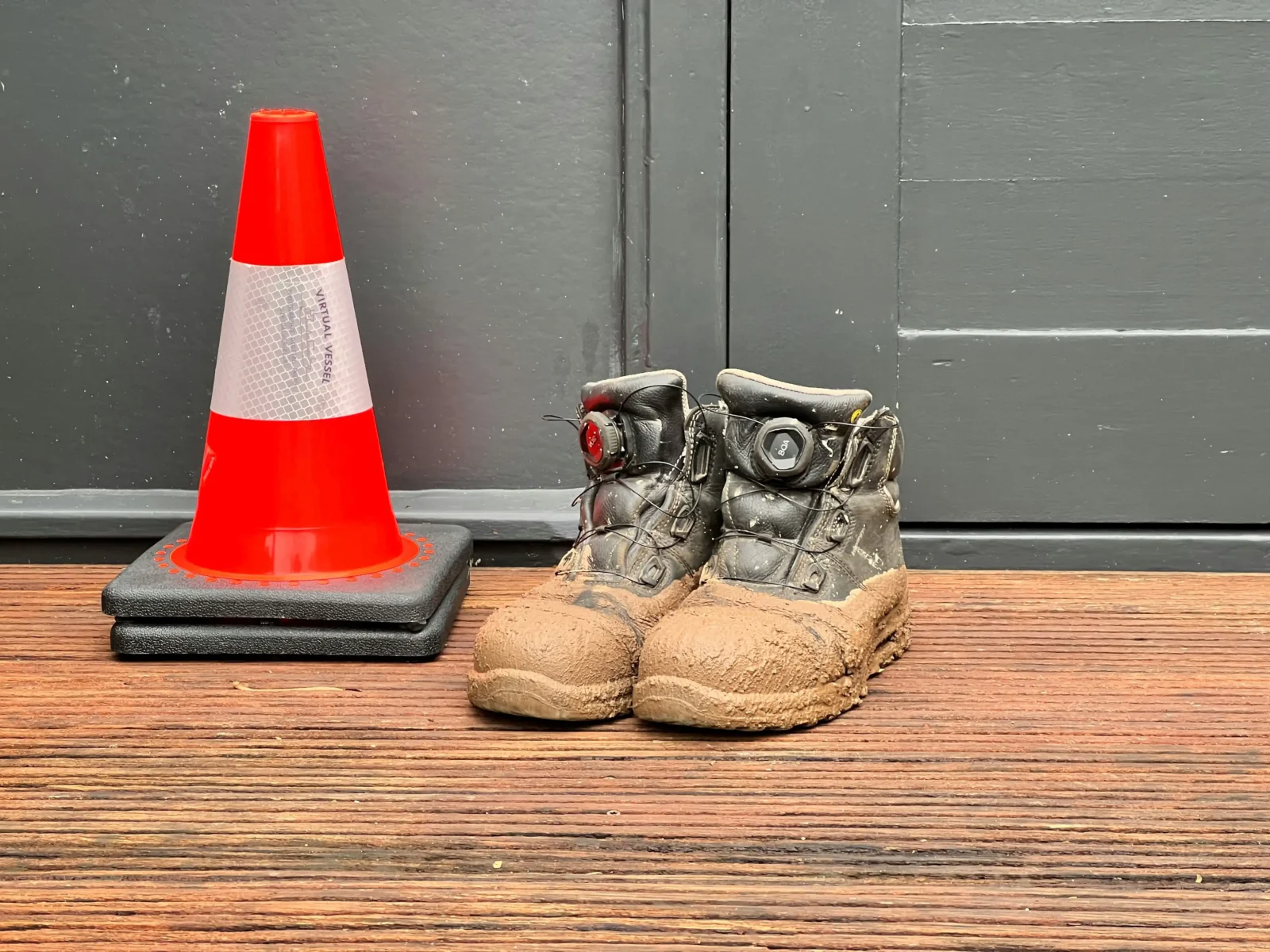- Home
- Articles
- Architectural Portfolio
- Architectral Presentation
- Inspirational Stories
- Architecture News
- Visualization
- BIM Industry
- Facade Design
- Parametric Design
- Career
- Landscape Architecture
- Construction
- Artificial Intelligence
- Sketching
- Design Softwares
- Diagrams
- Writing
- Architectural Tips
- Sustainability
- Courses
- Concept
- Technology
- History & Heritage
- Future of Architecture
- Guides & How-To
- Art & Culture
- Projects
- Interior Design
- Competitions
- Jobs
- Store
- Tools
- More
- Home
- Articles
- Architectural Portfolio
- Architectral Presentation
- Inspirational Stories
- Architecture News
- Visualization
- BIM Industry
- Facade Design
- Parametric Design
- Career
- Landscape Architecture
- Construction
- Artificial Intelligence
- Sketching
- Design Softwares
- Diagrams
- Writing
- Architectural Tips
- Sustainability
- Courses
- Concept
- Technology
- History & Heritage
- Future of Architecture
- Guides & How-To
- Art & Culture
- Projects
- Interior Design
- Competitions
- Jobs
- Store
- Tools
- More
Essential Guide for Newly Graduated Architects: Tips for Success in Your Career
Embarking on a career in architecture can be both exhilarating and challenging for newly graduated architects. This comprehensive guide offers practical tips for transitioning from academia to professional practice, including building a standout portfolio, mastering essential skills, and effective networking strategies.

Graduating as an architect is an exciting milestone, but it can also feel overwhelming. As we step into the professional world, we face the challenge of translating our academic knowledge into real-world applications. This journey is filled with opportunities for creativity and innovation, but it also requires strategic planning and guidance.
In this guide, we’ll explore essential tips and insights that will help newly graduated architects navigate their early careers. From building a strong portfolio to understanding the intricacies of client relationships, we’ll cover the key elements that can set us up for success. Let’s dive into the world of architecture and discover how we can make our mark in this dynamic field.

Table of Contents
ToggleUnderstanding the Role of an Architect
Architects play a crucial role in shaping the built environment. They blend creativity with technical knowledge to design functional and aesthetic structures.

Key Responsibilities
- Designing Structures: Architects create blueprints and 3D models, ensuring their designs meet client needs and regulatory standards.
- Project Management: Architects oversee projects from conceptual phases to completion, coordinating with various stakeholders, including clients, engineers, and contractors.
- Site Analysis: Architects assess project sites, considering factors such as zoning laws, environmental impact, and existing infrastructure.
- Sustainability Practices: Architects incorporate sustainable design principles, aiming to optimize energy efficiency and reduce resource consumption.
- Client Consultation: Architects engage with clients to understand their vision and provide expert advice on design feasibility and budget constraints.
Skills Required
- Creativity: Architects must think innovatively to develop aesthetically pleasing and functional designs.
- Technical Proficiency: Architects need strong skills in design software like AutoCAD, Revit, and SketchUp to create detailed project plans.
- Communication: Architects must convey ideas clearly to clients and team members, ensuring everyone understands project goals and requirements.
- Problem-Solving: Architects encounter challenges throughout the project lifecycle, requiring them to develop effective and timely solutions.
- Attention to Detail: Architects focus on precise measurements, materials, and design elements, ensuring the accuracy and quality of their work.
Career Paths for Graduated Architects
Graduated architects can explore diverse career paths that align with their skills and interests. The following sections detail options within design firms and urban planning opportunities.

Options in Design Firms
Graduated architects often begin their careers in design firms. In this setting, we engage in various activities.
- Architectural Design: We contribute to creating innovative designs that meet client needs and comply with building codes.
- Project Management: We coordinate projects from conception through completion, ensuring timelines and budgets are met.
- Collaboration: We collaborate with teams of engineers, contractors, and other professionals to enhance the design process.
- Client Interaction: We participate in meetings with clients to gather requirements and present design concepts.
- Sustainability Practices: We implement eco-friendly design and construction methods to promote sustainability in our projects.
Opportunities in Urban Planning
Urban planning offers additional avenues for graduated architects. This field focuses on the development and organization of urban spaces.
- City Planning: We plan land use and infrastructure to create functional cities that enhance quality of life.
- Policy Development: We help draft policies governing zoning and land use, influencing how urban areas evolve.
- Community Development: We work on projects focusing on improving neighborhoods and public spaces, reinforcing community ties.
- Environmental Impact Assessment: We assess the environmental implications of urban development, ensuring compliance with regulations.
- Public Engagement: We lead outreach initiatives to gather community input, fostering transparency in planning processes.
By considering these career paths, we can effectively chart our professional journey in architecture and urban planning.
Building a Professional Portfolio
A robust professional portfolio serves as a crucial tool for newly graduated architects. It showcases design skills, previous projects, and creativity, making it instrumental in attracting potential employers and clients.

Importance of a Strong Portfolio
A strong portfolio reflects our unique design philosophy and technical competencies. It distinguishes us in a competitive job market and offers tangible evidence of our capabilities. According to the American Institute of Architects, a well-curated portfolio aids in articulating our design process, enhancing our chances of securing interviews and projects. A diverse range of work, including academic projects and internships, demonstrates versatility and adaptability within various architectural styles and contexts.
Tips for Showcasing Your Work
- Select Key Projects: Choose 5 to 10 representative projects that highlight our best work. Focus on diversity in design, scale, and complexity.
- Organize Logically: Structure the portfolio with a clear flow, such as categorizing projects by type (residential, commercial, etc.) or showcasing them chronologically.
- Include Descriptions: Provide concise descriptions for each project. Discuss the context, our role, design challenges, and how we addressed them.
- Use High-Quality Images: Utilize high-resolution images that capture the essence of each project. Invest in professional photography to enhance visual appeal.
- Incorporate Process Work: Include sketches, renderings, and models to illustrate our design process. This gives insight into our thought process and problem-solving abilities.
- Make it Digital: Develop a digital version of the portfolio, making it accessible online. Consider platforms like Behance or personal websites for showcasing work effectively.
- Solicit Feedback: Seek input from professors, peers, or industry professionals. Constructive criticism can help refine and strengthen the presentation of our portfolio.
By focusing on these aspects, we can create a compelling portfolio that effectively highlights our architectural skills and sets us apart in the industry.
Networking and Professional Development
Networking and professional development are essential components for newly graduated architects. Engaging with industry professionals and seeking continuous learning opportunities can significantly enhance our careers.

Joining Professional Organizations
Joining professional organizations opens doors to valuable resources and connections. Organizations like the American Institute of Architects (AIA) and the National Council of Architectural Registration Boards (NCARB) provide access to industry standards, education programs, and networking opportunities. Membership often includes:
- Access to Resources: Publications, webinars, and toolkits that enhance our technical knowledge.
- Networking Opportunities: Events and forums where we can connect with experienced architects and peers.
- Career Development: Workshops, mentorship programs, and certification courses that help us stay competitive in the field.
Aligning ourselves with these organizations strengthens our professional identity and fosters growth.
Attending Industry Events
Attending industry events is crucial for expanding our professional network and staying informed about trends. Events such as architectural expos, conferences, and workshops allow us to:
- Network: Meet potential mentors, employers, and fellow graduates who share our interests.
- Learn: Attend sessions led by industry leaders, gaining insights into new technologies and design strategies.
- Showcase Work: Present our portfolios during events, receiving valuable feedback and building our visibility within the architect community.
Participating in these events cultivates relationships and enhances our knowledge base, positioning us for success in our careers.
Navigating Job Applications and Interviews
Newly graduated architects face a unique set of challenges when applying for jobs and attending interviews. We can enhance our chances of success through strategic preparation and presenting ourselves effectively.

Crafting the Perfect Resume
Crafting a compelling resume is crucial for standing out in a competitive job market. A well-structured resume showcases our education, skills, and experience while emphasizing architectural projects.
- Tailor content: Customize resumes for each position by highlighting relevant experiences and skills.
- Include key sections: Incorporate sections for education, professional experience, skills, certifications, and awards.
- Utilize action verbs: Start bullet points with strong action verbs like “designed,” “collaborated,” and “managed.”
- Quantify achievements: Use specific metrics to illustrate the impact of our work, such as percentage improvements or project timelines.
- Design with intention: Ensure the resume is visually appealing, aligned with our design philosophy, and adheres to industry standards.
Preparing for Interviews
Effective preparation for interviews strengthens confidence and demonstrates professionalism. We can follow specific strategies to make a memorable impression.
- Research the firm: Understand the firm’s projects, values, and culture to align our answers with their goals.
- Practice common questions: Prepare for typical questions such as design philosophies, project challenges, and teamwork experiences.
- Prepare a portfolio presentation: Be ready to present our portfolio, focusing on key projects that exemplify our skills and creativity.
- Dress appropriately: Choose attire that reflects professionalism while considering the firm’s culture.
- Follow-up with gratitude: Send a thank-you email after the interview to express appreciation and reinforce our interest in the position.
Continuing Education and Specialization
Continuing education and specialization play critical roles in the professional development of newly graduated architects. Engaging in ongoing learning helps us stay current with industry trends, emerging technologies, and evolving design practices, ensuring we remain competitive in our field.

Importance of Lifelong Learning
Lifelong learning enhances our skills and knowledge throughout our careers. Keeping up with new architectural methods and technologies directly influences design effectiveness and innovation. For example, taking courses on sustainable architecture can deepen our understanding of eco-friendly design principles. Additionally, participating in seminars and workshops provides insights into evolving regulations, materials, and construction techniques. By prioritizing lifelong learning, we increase our adaptability and bolster our professional profiles.
Exploring Further Certifications
Obtaining further certifications offers valuable specialization and can set us apart in the job market. Credentials like Leadership in Energy and Environmental Design (LEED), Project Management Professional (PMP), or specific software certifications improve our expertise and demonstrate commitment to professional growth. For instance, pursuing a LEED certification showcases our ability to create sustainable designs, appealing to employers focused on environmental responsibility. Prioritizing certifications relevant to our interests and career goals enhances our qualifications and opens pathways to diverse job opportunities within architecture.
Conclusion
Newly graduated architects face a unique blend of excitement and challenges as they transition from academic environments to professional settings. Applying theoretical knowledge in real-world applications requires creativity and strategic planning. A strong foundation in these areas sets the stage for navigating early career hurdles.
Success hinges on mastering essential skills such as design proficiency, effective communication, and problem-solving. Building a robust portfolio plays a pivotal role in showcasing our capabilities and securing opportunities. By emphasizing key projects and maintaining a digital presence, we can attract attention in the competitive architecture landscape.
Networking remains critical. Joining organizations like the American Institute of Architects (AIA) or attending industry events helps us connect with seasoned professionals, exchange insights, and access resources that propel our careers forward.
Strategic job preparation further enhances our chances of success. Crafting tailored resumes and practicing interview techniques equip us to present our strengths and experiences compellingly.
Continued education and specialization directly impact our professional growth. Pursuing certifications such as LEED underscores our commitment to excellence and broadens our career prospects. By prioritizing our ongoing development, we strengthen our foundations and enhance our contributions to the field of architecture.
- architect job hunting tips
- architect salary negotiation tips
- Architecture Career Development
- architecture career success
- architecture career tips
- architecture job search tips
- architecture skills enhancement
- building an architect career
- career advancement for architects
- career guide for architects
- career planning for architects
- guide for new architects
- networking for young architects
- new architects career advice
- new architecture graduates guide
- newly graduated architects guide
- portfolio tips for architects
- starting architecture career
- success tips for architects
- tips for architect graduates
Submit your architectural projects
Follow these steps for submission your project. Submission FormLatest Posts
Shipping Containers as Functional Infrastructure on Construction Sites
Construction sites are temporary by definition, yet the systems that support them...
Understanding Site Safety Footwear in Architectural Practice
Architecture is often discussed through drawings, models, and finished buildings, yet a...
General Arrangement Drawings in Architecture: The Backbone of Clear Design Communication
General Arrangement Drawings explained: what they are, when to use them, how...
The Ultimate Guide to Fencing in North Dakota: Choosing the Best Fence for Your Property
Watching a chain link fence twist in 70 mph winds near Minot...












Leave a comment